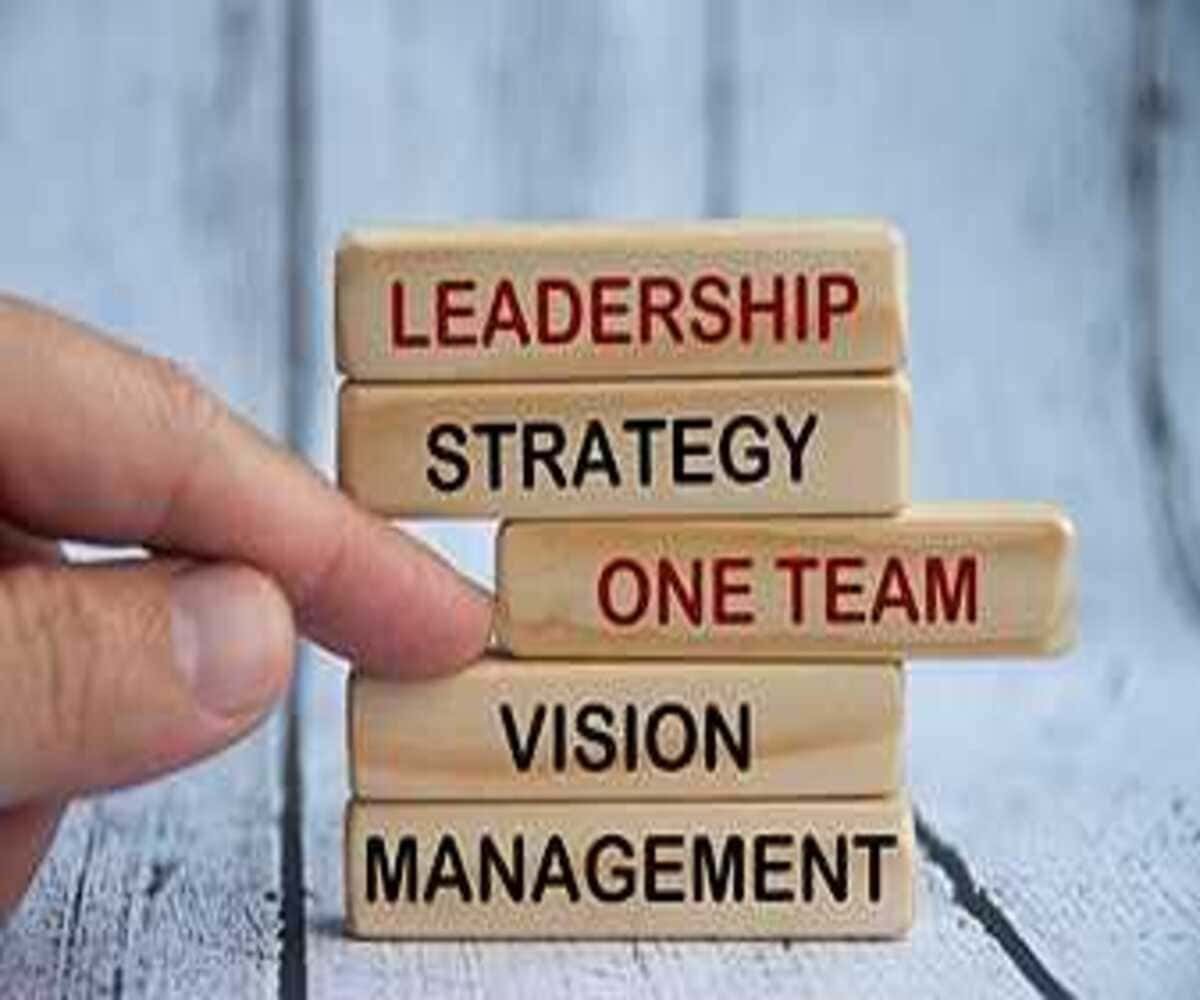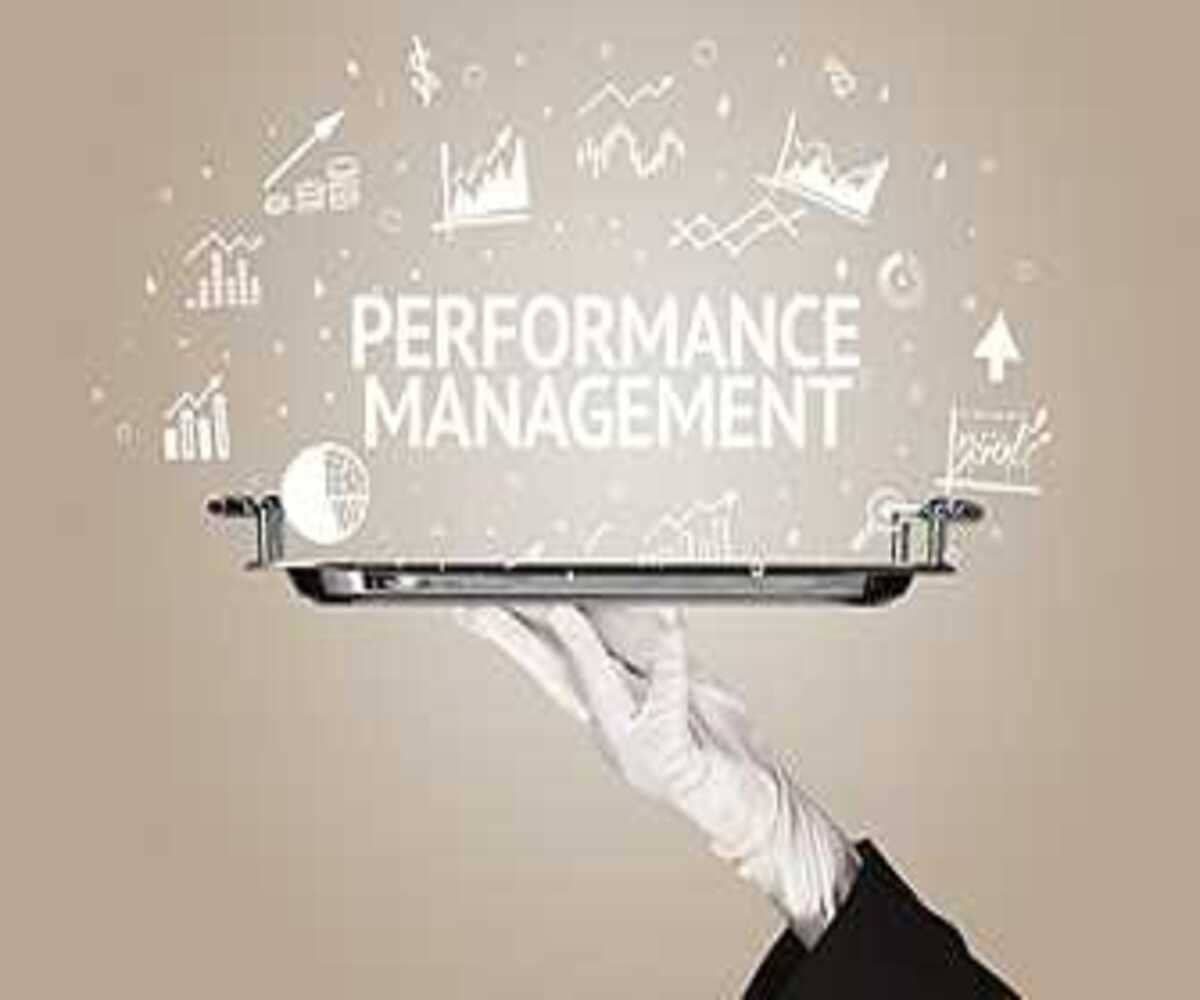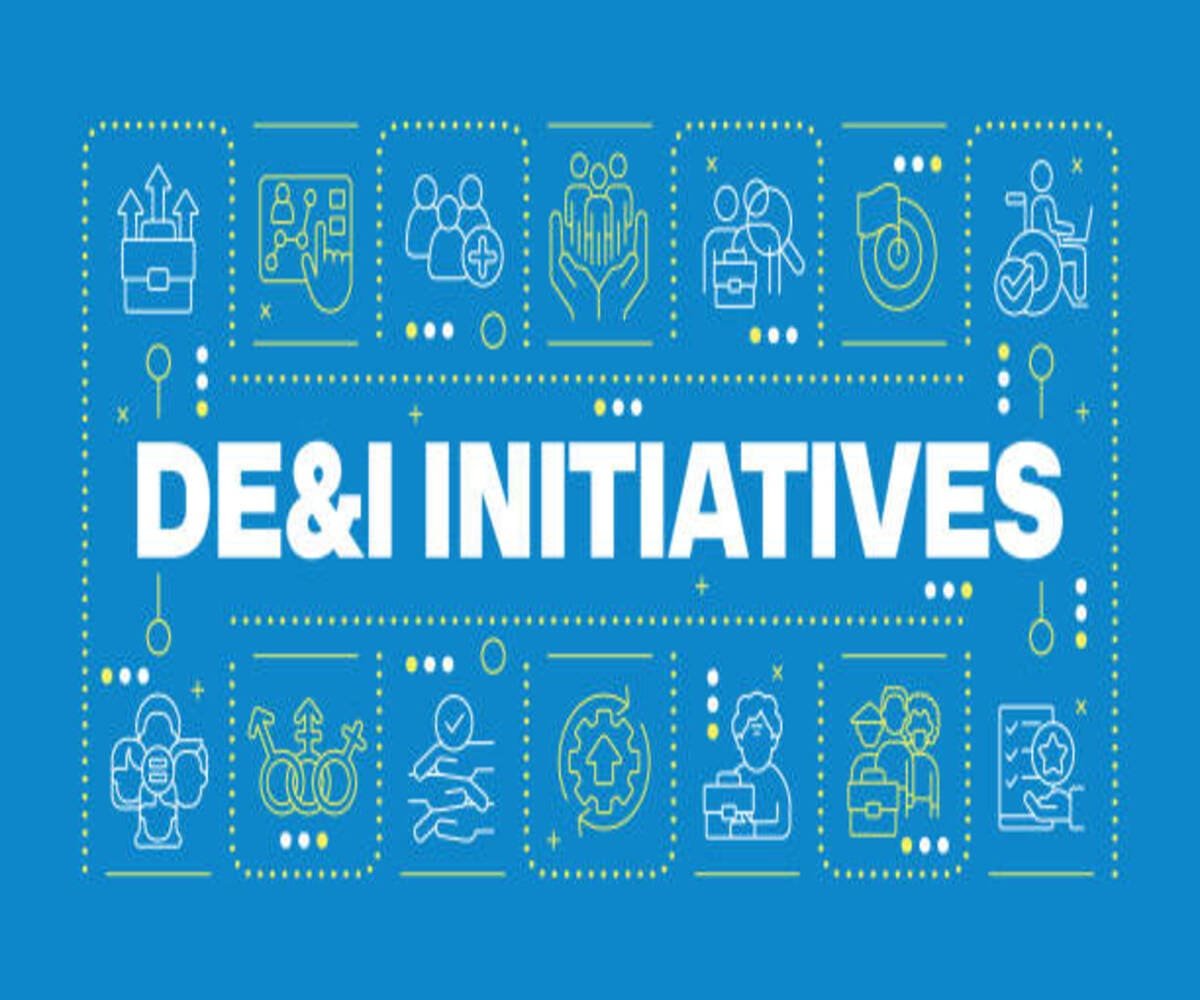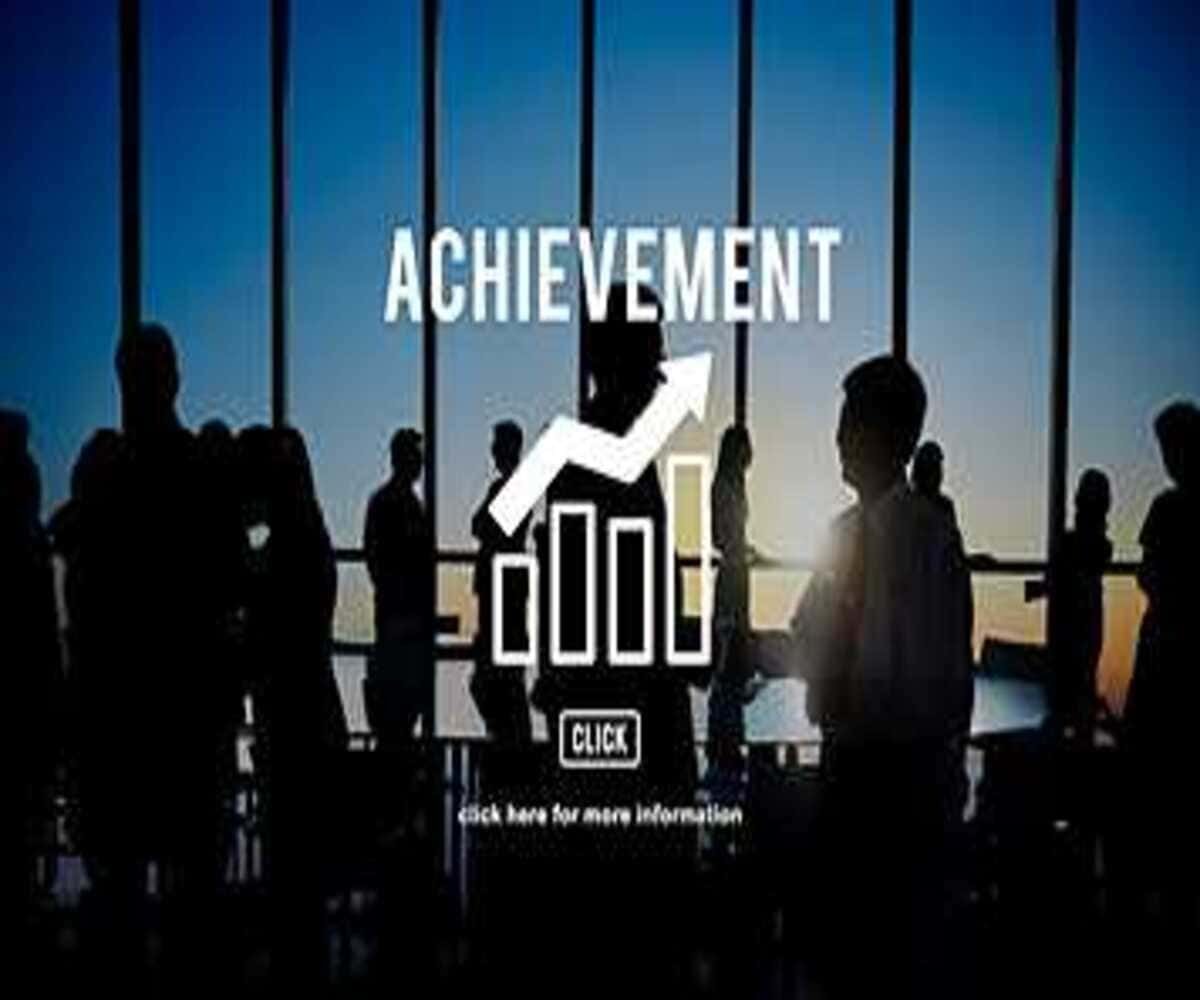Introduction
Human Resources (HR) is no longer just an administrative function—it is a key driver of business strategy. In today’s competitive business environment, HR professionals must align workforce management with organizational goals, optimize talent strategy, and enhance company performance.
By integrating HR with business strategy, companies can improve employee productivity, enhance leadership development, and foster a culture of innovation and growth. HR leaders who understand business strategy can drive long-term success, workforce agility, and operational efficiency.
To help HR professionals develop strategic HR expertise, SignifyHR offers advanced HR leadership and business strategy courses that equip HR leaders with the skills to contribute effectively at the executive level.
Why HR is Critical to Business Strategy
HR professionals influence key business decisions by ensuring that companies have the right talent, leadership, and culture to achieve corporate objectives. Organizations that integrate HR into their strategic planning experience:
- Higher workforce productivity and engagement
- Stronger leadership pipelines and succession planning
- Better talent acquisition and retention strategies
- More effective change management and organizational growth
- Stronger alignment between people strategy and business goals
By adopting a data-driven and strategic mindset, HR leaders can help organizations navigate business challenges, foster innovation, and drive revenue growth.
Key Ways HR Can Drive Business Strategy
1. Workforce Planning Aligned with Business Goals
HR professionals play a crucial role in identifying workforce needs, forecasting talent gaps, and aligning recruitment with company objectives. By using HR analytics and workforce planning tools, HR teams can:
- Predict future talent needs based on business growth strategies.
- Optimize hiring processes to attract high-performing employees.
- Develop succession planning strategies for leadership continuity.
A well-executed workforce planning strategy ensures that the right people are in the right roles to support business expansion.
2. Enhancing Leadership Development for Business Growth
HR is responsible for developing leadership pipelines that align with long-term business strategy. Strong leadership is essential for driving innovation, improving decision-making, and ensuring organizational stability.
By investing in executive leadership programs, mentorship initiatives, and succession planning, HR teams help future-proof businesses by preparing leaders for evolving challenges.
3. Driving Employee Engagement to Boost Productivity
Engaged employees contribute more to business success. HR leaders must design employee experience strategies that enhance motivation, job satisfaction, and performance. Effective engagement strategies include:
- Implementing continuous feedback and recognition programs.
- Creating a positive work environment and culture of inclusion.
- Encouraging career development and upskilling opportunities.
HR teams that prioritize employee well-being and professional growth improve workforce retention and business outcomes.
4. HR Analytics for Data-Driven Decision Making
Strategic HR professionals rely on data and analytics to support business decisions. By tracking key HR metrics such as employee turnover, performance trends, and talent acquisition costs, HR teams can:
- Identify workforce trends that impact business success.
- Measure the effectiveness of HR initiatives and optimize talent management.
- Align compensation, benefits, and rewards with employee performance.
Using AI-powered HR analytics ensures that HR strategies are proactive, predictive, and aligned with business goals.
5. Supporting Organizational Change and Business Transformation
As businesses evolve, HR leaders play a key role in managing change initiatives. Whether it’s a merger, restructuring, or digital transformation, HR professionals must:
- Guide employees through organizational shifts with minimal disruption.
- Implement change management strategies that maintain productivity.
- Train managers and employees to adapt to new business processes.
By developing change-ready workforces, HR professionals ensure business agility and long-term success.
6. Aligning Company Culture with Business Strategy
A company’s culture impacts employee performance, customer satisfaction, and brand reputation. HR teams must ensure that workplace culture aligns with business objectives and corporate values.
By fostering a culture of innovation, collaboration, and accountability, HR enhances business performance and market competitiveness.
Strategic HR Courses from SignifyHR
To help HR professionals develop expertise in business strategy, SignifyHR offers industry-leading courses focused on strategic HR leadership and business alignment.
1. HR Strategy & Business Alignment Certification
This course trains HR professionals to:
- Develop HR strategies that align with business growth objectives.
- Use HR analytics to drive workforce planning and decision-making.
- Design HR policies that enhance organizational effectiveness.
2. Leadership Development & Succession Planning
HR professionals learn how to:
- Build leadership development programs for long-term business success.
- Identify and mentor high-potential employees for executive roles.
- Strengthen succession planning strategies for business continuity.
3. HR Analytics & Workforce Planning
This program equips HR leaders with skills in:
- Interpreting workforce data to optimize talent management.
- Using predictive HR analytics for hiring and retention strategies.
- Applying data-driven HR models to align with business goals.
4. Change Management & Organizational Transformation
This course focuses on:
- Leading organizational change initiatives with HR-driven strategies.
- Managing employee transitions during business transformations.
- Training leaders and managers to effectively implement change strategies.
5. Employee Engagement & Business Performance
HR professionals will learn how to:
- Design engagement programs that increase employee satisfaction.
- Align HR policies with workforce productivity and business success.
- Create performance management systems that drive results.
Best Practices for HR Leaders to Influence Business Strategy
1. Develop a Strategic Mindset
HR professionals must think beyond HR functions and understand business priorities, financial metrics, and market trends. Learning about business operations, finance, and company goals helps HR leaders make informed, strategic contributions.
2. Foster Collaboration with Executive Leadership
HR should be an active participant in executive discussions. Working closely with CEOs, CFOs, and business leaders, HR professionals can align people strategies with financial and operational goals.
3. Leverage HR Technology and Analytics
Data-driven HR decisions improve hiring efficiency, workforce planning, and employee engagement. Using HR analytics software, AI-driven recruitment tools, and cloud-based HR systems ensures smarter workforce management.
4. Focus on Long-Term Workforce Development
HR leaders must invest in upskilling, employee learning, and leadership training. Future-ready businesses prioritize continuous learning and talent development to maintain a competitive edge.
5. Adapt HR Strategies to Market Changes
A flexible, adaptable HR strategy allows businesses to navigate economic shifts, digital transformation, and global workforce trends. HR leaders must proactively adjust policies to support business resilience.
Final Thoughts: The Future of HR in Business Strategy
HR is no longer a support function—it is a key driver of business growth, innovation, and competitive advantage. HR professionals who master strategic HR planning, data analytics, and leadership development can directly impact company performance and long-term success.
With SignifyHR’s strategic HR courses, HR leaders gain the expertise to align HR initiatives with business objectives, drive workforce transformation, and enhance leadership pipelines.










